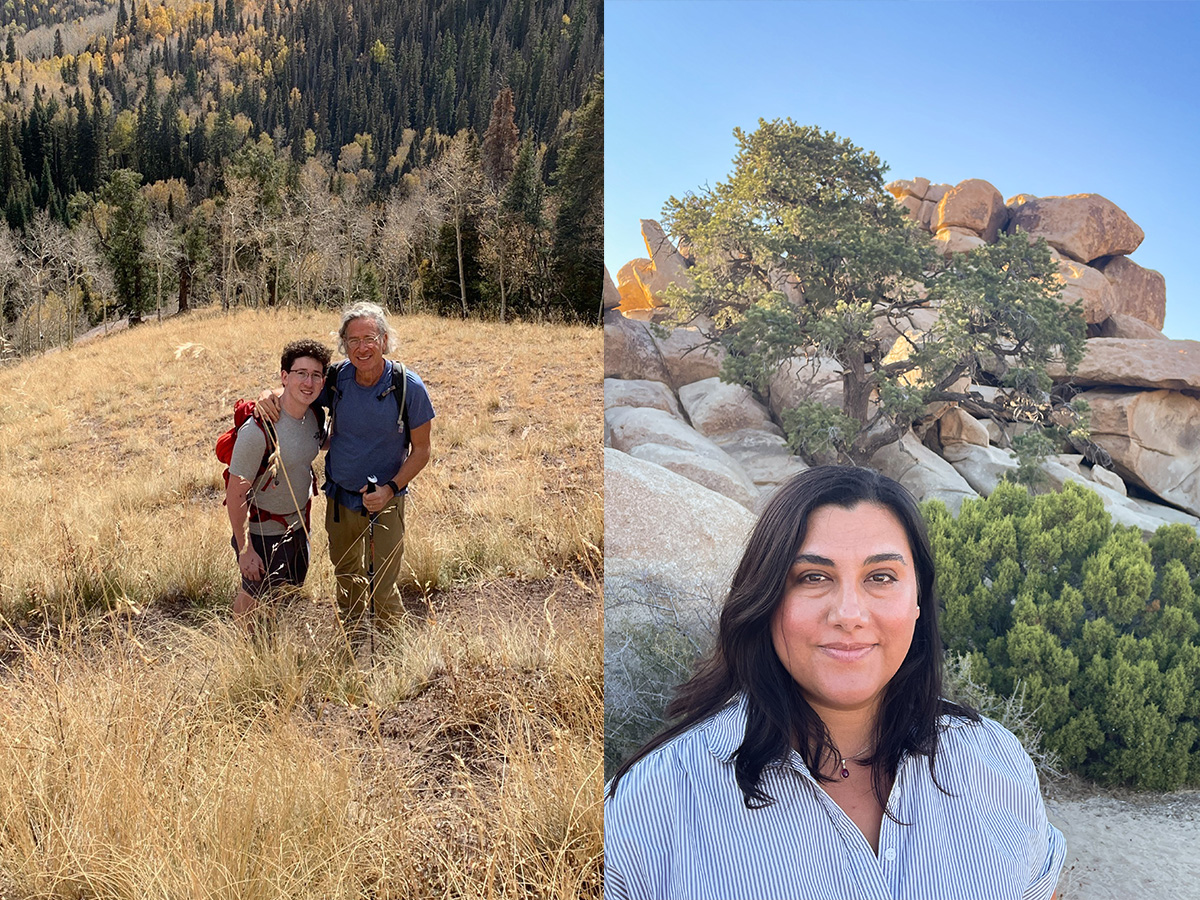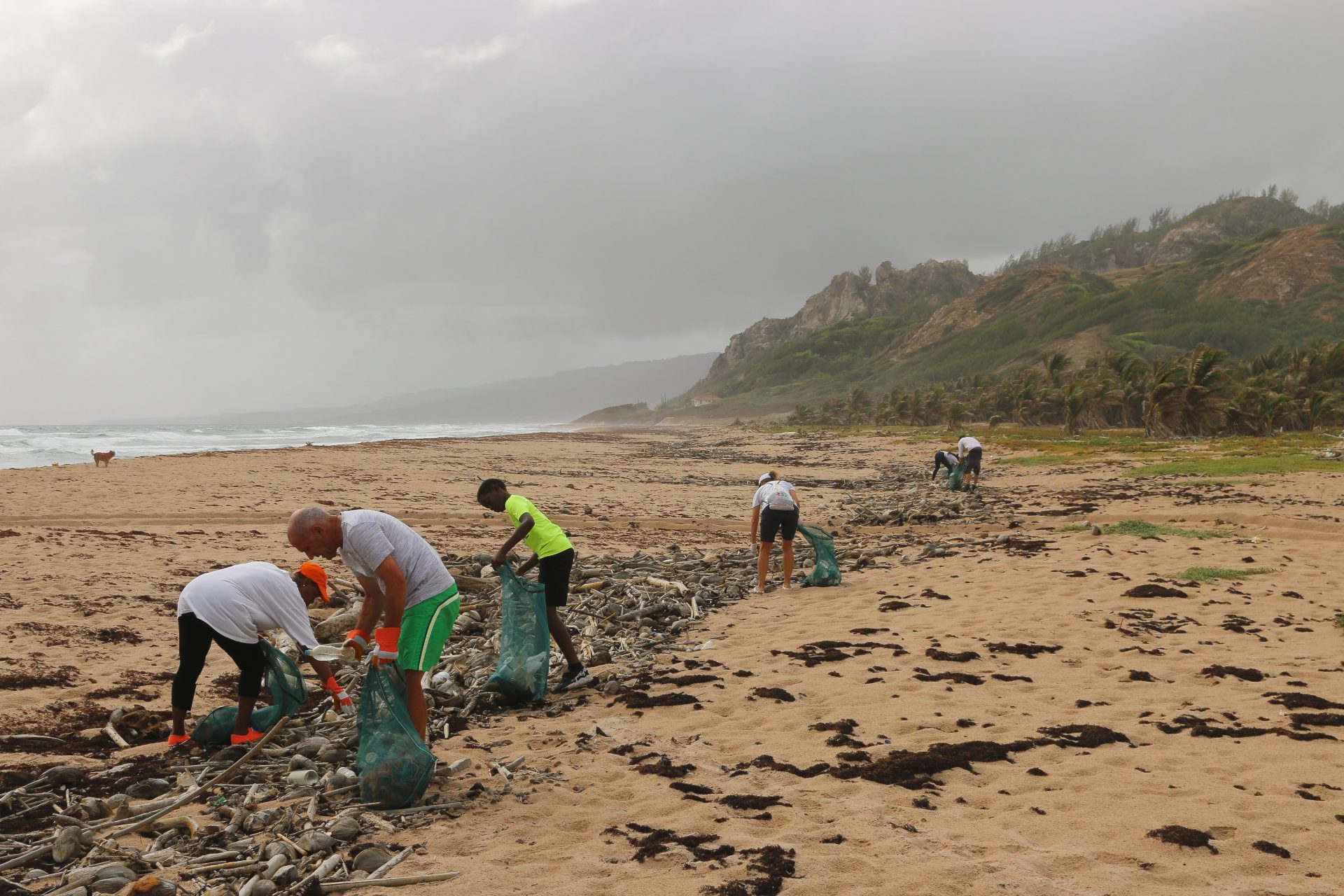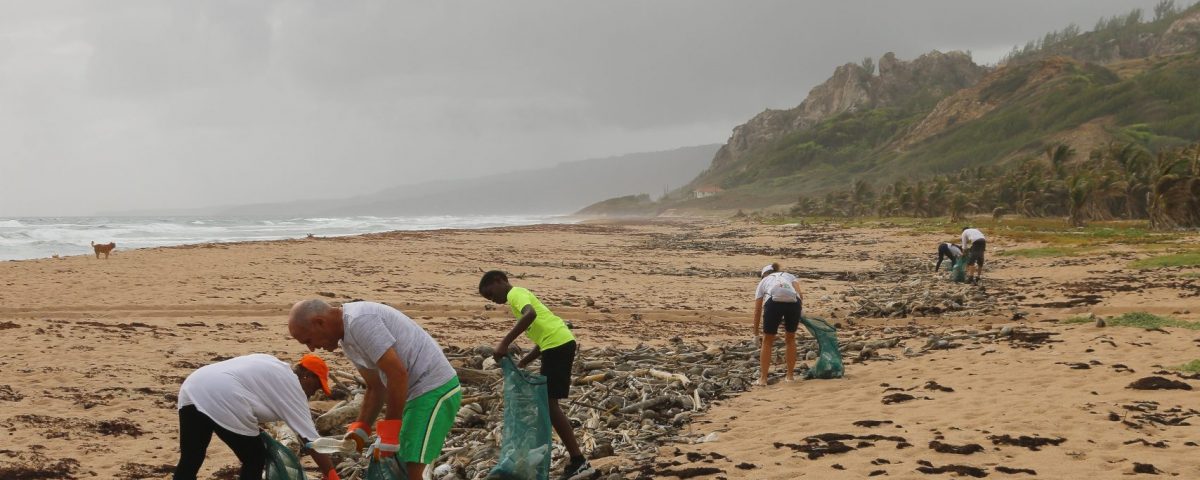
Dr. Laska & Great Ecology Featured in San Diego News
June 13, 2022
Great Ecology Welcomes Ashley & Eli!
June 16, 2022
Summer Stewardship Activities - Part 2
Author: Liz Clift
This is a two-part series designed to encourage readers to engage in environmental stewardship activities. Part I offered broad suggestions with a few links to specific projects. Part II is focused on a specific activity – collection and documentation of plastics, with an emphasis on a particular type of microplastic.
It’s not news that plastic pollution is a huge—and growing—issue across the world. Unfortunately, plastic production is only anticipated to increase in the coming years.
As I mentioned in Part I of this blog, you can try to reduce your own plastic consumption through moving toward a zero-waste lifestyle—but that won’t change the systemic issues at the root of plastic pollution. However, documenting plastic pollution can help people working toward that change. You might participate in various clean-up projects of shorelines, rivers, or even dive for trash, with organizations that are working to document the trash that’s collected as one component of efforts to better understand the amount of plastic pollution ending up in our ecosystems. I have at least four different organizations (relatively) near me working on this—and you likely do too!
If you can’t find organizations near you—or they don’t have any volunteer opportunities this summer, you might consider joining a larger-scale project that allows you to still work wherever you’ll be this summer. The Great Nurdle Hunt and Nurdle Patrol, which are working to collect and document nurdles around the world through citizen-science.
Wait, nurdle?
If you’ve never heard the word, you’re not alone. A nurdle is a plastic pellet (about the size of a lentil, and which comes in various shapes although they are most frequently also shaped a bit like a lentil or a tiny cylinder) are an increasing problem on beaches, rivers, and even lakes. They can also accumulate along railways and blow into nearby habitats from there.
Nurdles are used as the “raw” material to create other plastic products. I put “raw” in scare quotes because nurdles are already processed. They do, however, create the plastic base for many products; whatever you’re reading this on almost certainly used nurdles at some step in the manufacturing process. Because they are extremely lightweight, they can be lost at any spot along the supply chain, until they’ve been turned into the final product. Depending on the type of plastic that composes the nurdle, in water ways, some nurdles will sink and others will float. The ones that float are the easier ones for us to collect, since they tend to wind up in drifts of other organic and inorganic debris, whether that’s in a corner or at the high tide line.
Why should you care?
Unfortunately, because they’re ending up everywhere, that means these little plastic pellets are also ending up in the food chain. Fish eat them, birds eat them, whales ingest them—and in high enough quantities, it will kill the animal. In addition, the plastics that these are made of tend to absorb harmful chemicals (also called persistent organic pollutants) which can cause additional impacts within an ecosystem, and can worsen bioaccumulation as animals eat animals that have eaten nurdles.
Wind, waves, sunshine, and oxygen will degrade nurdles (and all other plastics) into even smaller plastics—including nanoplastics, which are easy for any of us to drink or eat. One study found a shocking number (80%) of adults have nanoplastics in their bloodstreams.
Nurdles are also unregulated, and are not classified as pollutants, which means that when a spill occurs there is no real impetus to clean it up or understand the impacts on an ecosystem.
If you’d like to do something about it – perhaps while hanging out on your own or with friends and family at a lake, river, or ocean this summer—you can look for nurdles, particularly around the high tide or high-water lines. If you live near a railway or an industrial area, you might also be able to find nurdles in gutters and other places that tend to accumulate the debris moved by wind and water.
When you’re ready to collect and report data, you can follow the directions detailed at The Great Nurdle Hunt (which offers more detailed instructions and safety tips for the lay person) or at Nurdle Patrol. Nurdle Patrol shares information with The Great Nurdle Hunt, so you don’t need to submit both places. Once you’ve gone out and collected some nurdles, submit your data.
The Great Nurdle Hunt utilizes the data collected to help understand the scope and scale of the problem and is working to come up with solutions—so by collecting nurdles and submitting data, you’re not only helping keep your waterways cleaner, you’re also helping support systemic change that could limit how many nurdles are introduced to ecosystems in the future.
I’ve spent some time collecting nurdles—and you will definitely need to “tune” your eye for nurdles, and hang out near the high water / high tide lines, and potentially sift through some debris. Sandy beaches are easier, but rocky beaches may offer more “crevices” where a bunch of debris gets trapped. You can collect nurdles by hand or by using a sieve—just make sure you have something to contain them! I personally like to bring spice jars or something that’s a similar size, because then I know they won’t blow away and I can easily just tuck it in my pocket if need.

